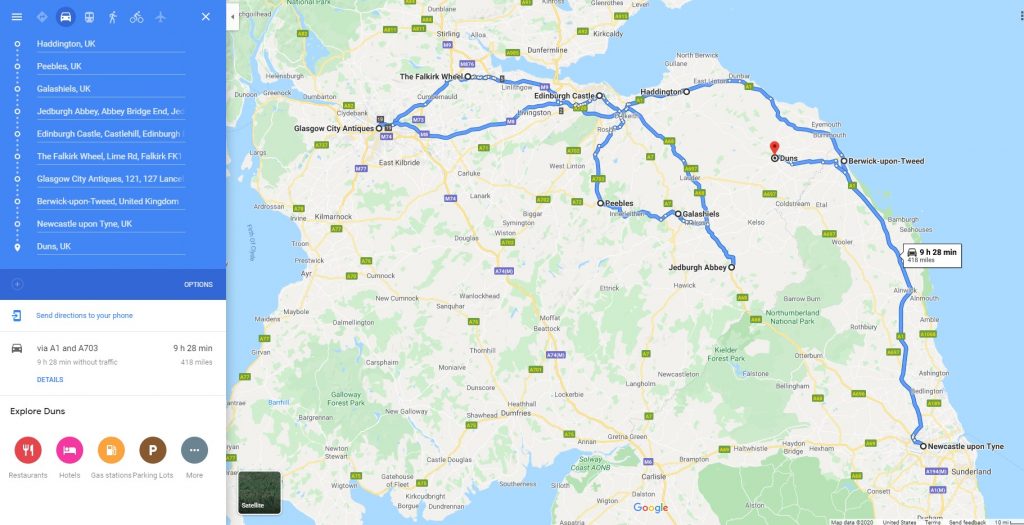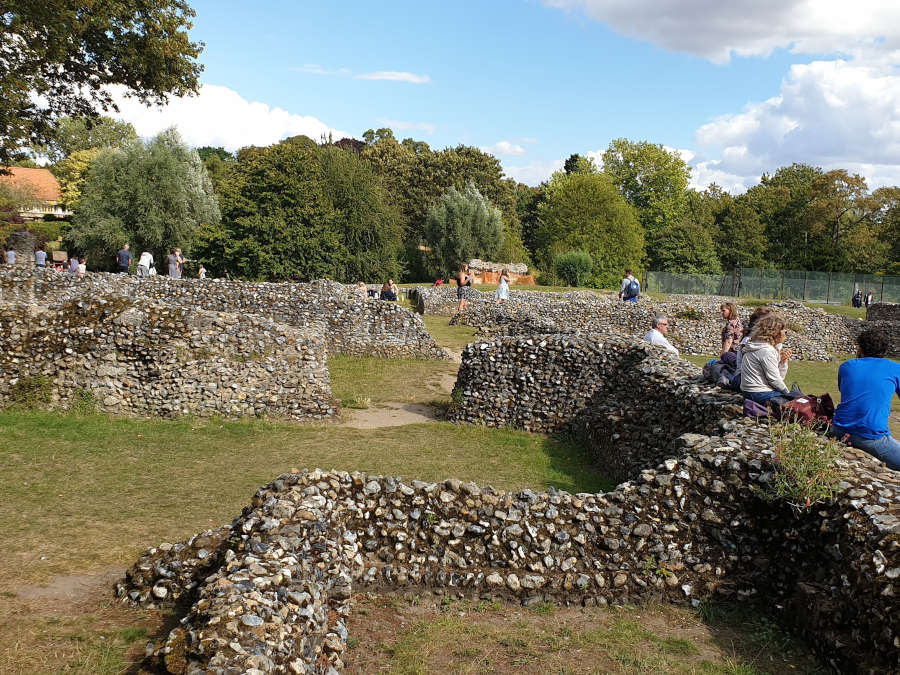And now for something completely different. While in the UK, we did a good bit of sightseeing. From Inverness to Long Melford we put some serious miles on our vehicles and saw some incredible places along the way. I have most of the places we visited below, although I could easily be forgetting a few.





While we were living in Cambridgeshire we went to Bury St. Edmunds and visited the abbey ruins there. Even though we had already seen a dozen or more ancient abbeys that were in better shape than this one, our visit to these ruins made an impression. We had already visited Jedburgh Abbey and St. Andrews Cathedral as well as a few castles that were around the same age as these ruins, but on this sunny and beautiful day it hit me that these ruins (nearly 1000 years old) had people just sitting and having a nice lunch and a chat on them.


The casualness of this interaction stunned me even though we had been visiting castles and ruins for a year. I had not become familiar enough with these ancient buildings and ruins to see them as anything but objects to be revered and honoured, so I thought it was amazing that they could just be seen as a beautiful space to relax and chill.
One thing that bugged me for a while was the name Bury St. Edmunds. Why was there a verb in the name and wasn’t it a bit morbid? Well, come to find out that the Bury comes from an earlier form of the English ‘borough’ or German ‘burg’ and means fortress or stronghold. The town was initially called Beodricsworth until the remains of the martyred king St. Edmund were moved there, then it became St. Edmundsbury and then Bury St. Edmunds. I later found that there are a few other places in the UK with Bury in front.
One bit of historical trivia that caught my eye was that the abbey is connected to the Magna Carta.

Another interesting tidbit is that we only stumbled on this as we were going to Lavenham to check out a couple of antique shops. And Lavenham is going to be the subject of another post.
